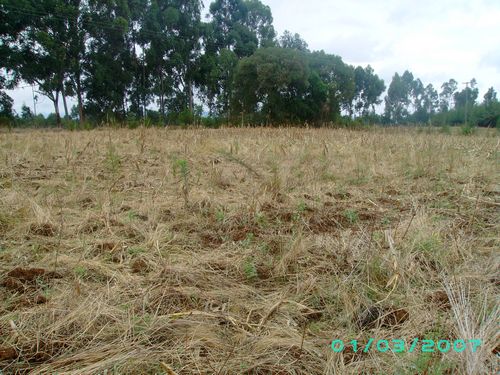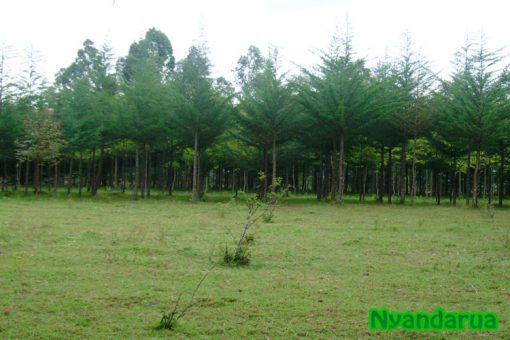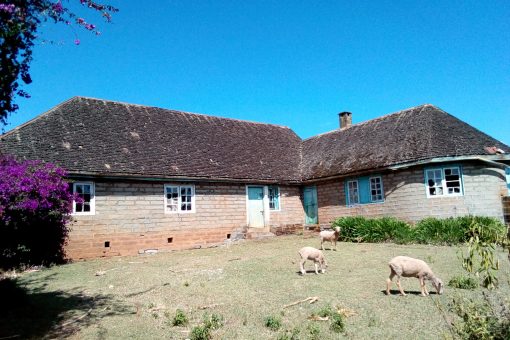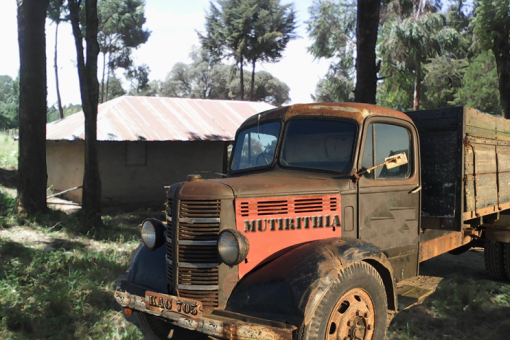The wind did not just affect the women. In those dry months, after the harvest, farmlands were left with plenty of dried out maize stalks (mabebe) strewn all over the farm. Maize husks were also left in piles next to the maize stalk pyramids (iboya) where dry maize was striped from their husks before taking them home to the granaries (Makumbi). The wheat fields were lined with rows of straw spewed out by the combine harvesters after they extracted the wheat grain from its husks during harvest.
There were also dried out bushes where butter beans (Noe) and peas (minji) were harvested. A violent upward rotating gust of wind traveled through the open farmlands, gathering dried up maize stalks, husks, wheat straw and any loose debris it could pick up on its way, swirling it skywards like a tornado funnel and traveled for miles on end. You did not want to be in the path of those wind swirls, they could easily knock you off your feet, not to mention getting injured by the debris they carried along.
These sporadic, violent wind storms were locally known as “ngoma cia aka” direct translation “insanity of women”. Dont ask me who named them, because I have no idea. Even if I knew, I wouldn’t be the one to reveal their identity, because I would not want to be held responsible when he faces the wrath of real Nyandarua women. I can picture my feisty five feet two inches mother re-arranging his face with one blow as she demands an explanation. That is why we will not reveal the MAN who named those wind storms. We will let the sleeping dogs lie.




